Toronto, Ontario–(Newsfile Corp. – March 5, 2018) – Appia Energy Corp. (CSE: API) (OTCQB: APAAF) (FSE: A0I) (MU: A0I) (BE: A0I) (the “Company” or “Appia”) is pleased to provide the findings of a recently completed mineralogy study (the “Study“) on rare earth element (“REE“) mineralized samples from the summer 2017 prospecting program completed on the Alces Lake property (the “Property“), northern Saskatchewan. Geochemical highlights from the 2017 program include world-class REE grades with up to 45.92 wt% total rare earth oxide over 1.85 m from outcrop sampling (see Company News Release dated October 31, 2017).
The Study revealed simple mineralogy where monazite is the sole host for REEs, including critical REEs such as neodymium (“Nd“) and praseodymium (“Pr“). The homogeneity of REE content is remarkable with a lack of significant compositional changes detected. The composition of 30 monazite grains from various samples produced an average of 8.91% Nd and 2.54% Pr total content of monazite, which is comparable with an Nd:Pr ratio of 4:1 previously reported from whole rock geochemistry of the 2017 program.
The mineralogical composition of the samples is variable, with an amount of monazite ranging from 1% to 80% of the samples. Individual grains of monazite range from few microns to a majority of coarse-grain size over 1.0 mm diameter.
Monazite has simple metallurgical properties, and the processing and extraction techniques of REEs from monazite are well-documented and successfully proven. This is an important factor for moving the Alces Lake project forward.
Appia plans to start additional surface exploration on the Property in May 2018, which will include overburden stripping and trenching in the Wilson and Ivan zones, to be followed-up with diamond drilling. The Company anticipates producing an NI 43-101 compliant resource estimate by year end.
Critical REEs are defined as those with scarce supply, in high demand, and criticality in much high-tech applications such as electric vehicles, wind turbines, cell phones and computers.
The Study was carried out by Mr. Arpad Farkas, PhD, an independent consultant to the Company. Seven polished thin sections were prepared from chip samples of approximately 0.1 to 2 mm size set in an epoxy matrix. The chip samples were derived from coarse-reject material of crushed samples from the summer 2017 prospecting program. The Study involved back-scattered electron imagery and semiquantitative chemical analysis of minerals produced using a JEOL JSM-6610LV model scanning electron microscope located at the University of Toronto, Department of Earth Sciences.
The technical content in this news release was reviewed and approved by Irvine R. Annesely, P. Geo, Ph.D., an independent consultant and advisor to Appia, and a Qualified Person as defined by National Instrument 43-101.
About Appia
Appia is a Canadian publicly-traded company in the uranium and rare earth element sectors. The Company is currently focusing on delineating high-grade REEs and uranium on the Alces Lake property, as well as discovering high-grade uranium in the prolific Athabasca Basin on its Loranger, North Wollaston, Eastside, and Otherside properties. The company holds the surface rights to exploration for about 73,033 hectares (180,467 acres) in Saskatchewan.
The company also has NI 43-101 compliant resources of 8.0 M lbs U3O8 and 47.7 M lbs Total REE Indicated and 20.1 M lbs U3O8 and 133.2 M lbs Total REE Inferred in the Teasdale Zone plus 27.6 M lbs U3O8 Inferred in the Banana Lake Zone in the historic mining camp of Elliot Lake in Ontario (previously reported in the Company’s news release dated August 14, 2013). The resources are largely unconstrained along strike and down dip.
Appia’s technical team is directed by James Sykes, who has had direct and indirect involvement with over 450 M lbs. U3O8 being discovered in five deposits in the Athabasca Basin.
Appia currently has 52.3 million common shares outstanding, 65.3 million shares fully diluted.
Cautionary Note Regarding Forward-Looking Statements: This News Release contains forward-looking statements which are typically preceded by, followed by or including the words “believes”, “expects”, “anticipates”, “estimates”, “intends”, “plans” or similar expressions. Forward-looking statements are not guarantees of future performance as they involve risks, uncertainties and assumptions. We do not intend and do not assume any obligation to update these forward- looking statements and shareholders are cautioned not to put undue reliance on such statements.
Neither the Canadian Securities Exchange nor its Market Regulator (as that term is defined in the policies of the CSE) accepts responsibility for the adequacy or accuracy of this release.
For further information, please contact:
Tom Drivas, President, CEO and Director: (tel) 416-546-2707, (fax) 416-218-9772 or (email) appia@appiaenergy.ca
James Sykes, VP Exploration & Development, (tel) 306-221-8717, (fax) 416-218-9772 or (email) jsykes@uraniumgeologist.com
Frank van de Water, Chief Financial Officer and Director, (tel) 416-546-2707, (fax) 416-218-9772 or (email) fvandewater@rogers.com




